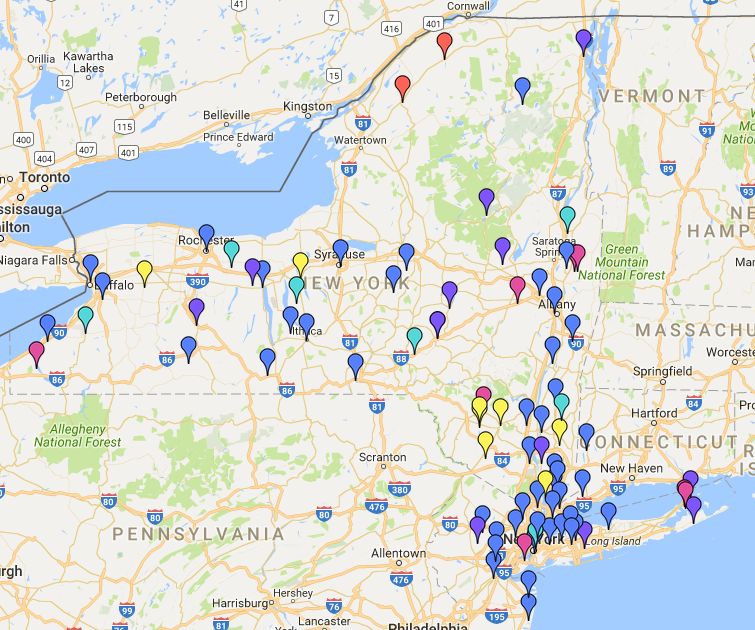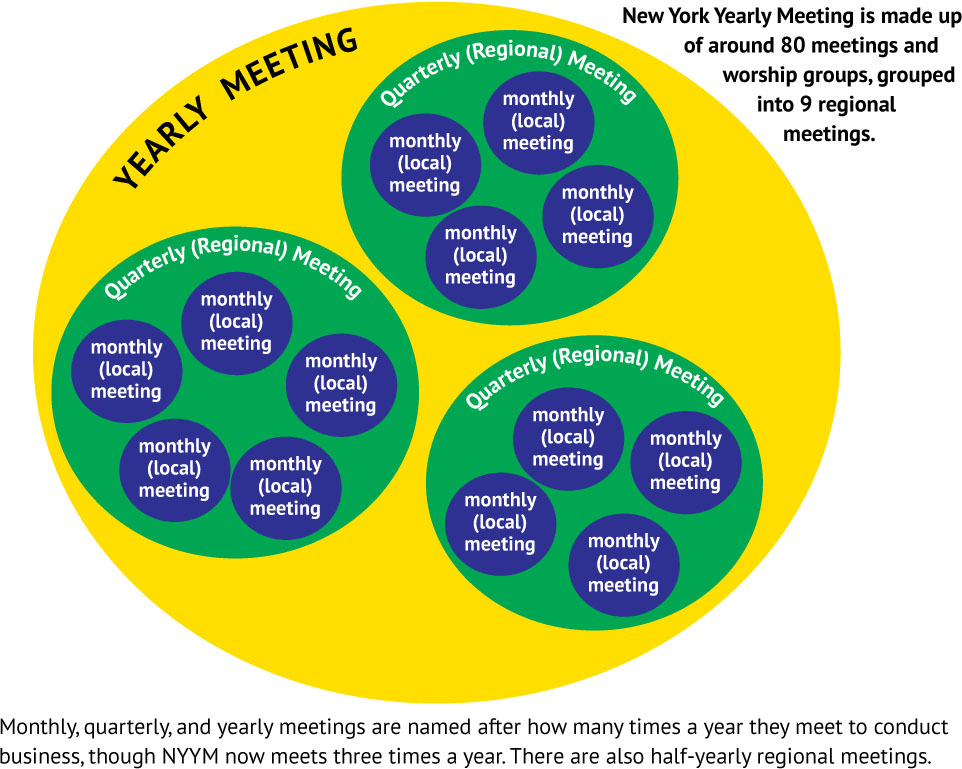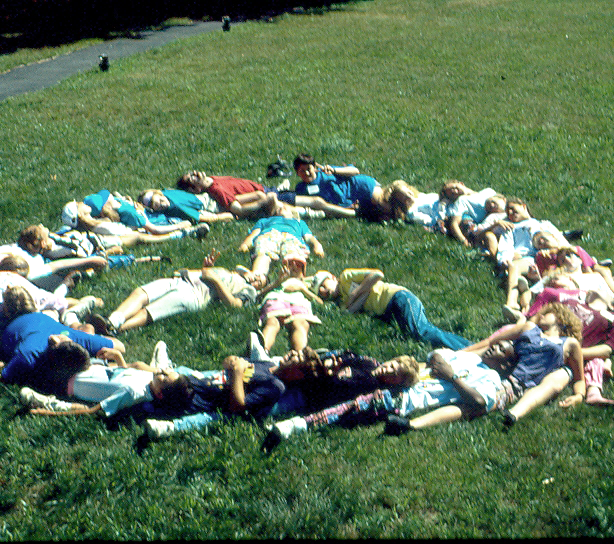Fighting Racism in Detroit
by Marjorie Van Hoy
Bulls Head-Oswego Meeting
My name is Marjorie (Angell) Van Hoy, a long-time member of Bulls Head-Oswego Meeting, despite my physical distance from it. For 37 years my husband Jim and I lived in Detroit, MI, where we both completed our schooling and raised 2 boys. For many years Jim and I were very active in our Detroit neighborhood. Our experiences in combating some very pernicious racism led me to write this article.
“Race” is not a scientific concept. Any two human beings will share at least 99.9% of their DNA. So how was race established in this country as a social concept? Racism in the US has its roots in slavery. After slavery was abolished progress was made during Reconstruction at improving political and economic conditions for African-Americans. However, Reconstruction came to a halt in 1877 after several years of physical intimidation of southern African-American voters and a national Democratic Party compromise. The Democratic Party, at that time the party of the former slaveholders, gained power in the state governments of the former confederate states and began enacting “Jim Crow” laws. These laws were added to and enforced in the US South into the 1960’s, and served to provide a legal basis for the separation of those of European descent from those of all or some African descent, as well as discrimination against the latter. The physical intimidation and suppression of voting only increased subsequent to the passing of Jim Crow laws. By the way, South Africa, which instituted its apartheid laws starting in 1948, used Jim Crow laws as a starting point for their racist legislation.
Jim Crow laws in areas such as interracial marriage and education were not confined to the southern states. I grew up in NY and Pennsylvania, in neighborhoods and public schools where no African-American, Hispanic or American Indian families or students were to be found. So there was certainly no lack of discrimination and segregation in the North, created by racist real estate and insurance practices. During the mid ’60’s in Garden City, LI, our neighbors called the police to report that the Kenyan exchange student staying at our house was walking down the sidewalk!
So, how did Detroit come to be so polarized by racism? Racism was always present throughout Detroit’s history of over 300 years, but I’ll start with the post WWII era. When the GI’s came back from WWII, there was a huge demand for housing. In Detroit, as in many other cities, there was a tremendous surge of construction in the suburbs. However, in Detroit none of these homes were sold to those designated as “black”. The VA home mortgage program for GI’s was in the lead during this era of discrimination.
On top of that, many freeways were built out to the suburbs, often by tearing down African-American neighborhoods. Detroit’s 93-year-old streetcar system was totally dismantled and replaced by GM diesel buses, as also happened in many other US cities. To this day, Detroit does not have an efficient public transportation system. This is the background for the Detroit of the later 20th and early 21st century, the time that we lived there.
Let me introduce you to some of our neighbors. One family, the Van Burens, originally moved to Detroit from Boley, OK. One of Troja Van Buren’s grandparents was of European descent, one was American Indian, and two were African-American. Her father was an attorney and a pillar of the community in Boley. When she was growing up, touring jazz musicians would stay at their house when they came to perform in her Oklahoma town.
When we formed a radio patrol in our Grandmont neighborhood, the application form, which the Detroit Police Dept. required all prospective members to complete, requested information on “race.” Sharif, around 21 years old at that time, was baffled. His mom, who had grown up in Grandmont, had an African mom and a German dad. Sharif’s dad was an Egyptian Air Lines pilot. After some consultation, Sharif put “human” in the blank for “race.” A month later, a response came back from the police saying that this was not a satisfactory response. (This happened in 2008!)
Throughout the 1970’s, ‘80’s, and ‘90’s, the Grandmont Community Association worked hard to insist that realtors who owned empty houses keep up the yards, put curtains in the windows, and otherwise be responsible sellers. Truthfully, we were living in a very beautiful neighborhood, filled with elegant custom built homes from the ‘20’s, ‘30’s and ‘40’s. Our neighborhood art fair, which attracted over 100 vendors/year for several years, was a point of neighborhood pride. People would tell us, “Your Art Fair is so peaceful!” After years of being bombarded by news articles spotlighting violence in Detroit, Detroiters themselves doubted the viability of their community.
The sub-prime mortgage crisis dealt us a very injurious blow. Homes were sold at high prices to buyers who could not afford them. When the buyers defaulted and the mortgage holder repossessed the homes, the homes would sit empty for months, allowing for scrap metal thieves to strip them. In our neighborhood, it took 30 minutes for the police to show up after they were called. In many neighborhoods, they wouldn’t show up at all. The thieves realized that the police wouldn’t show up in time to catch them, so they started breaking into occupied homes, attempting to disable burglar alarms.
We moved to Colorado Springs seven years ago to live close to my older son and his family. We were lucky to be able to sell our house in Detroit at all. Our home’s appraised valuation dropped from $140,000 to $33,000 in a couple of years. Talk about racism!
I’m grateful for the years we had in Detroit, and the many wonderful people we got to know there. I am grateful for my Quaker upbringing which helped give me the ambition and energy to fight for Grandmont. One thing I soon realized in this process was that all of us have good points and bad points—no one is perfect. If I didn’t know what my bad points were, I learned them quickly enough in trying to build community under sometimes adverse conditions. I am so glad to have known all our friends and neighbors over the years.





